AS9100-D Monitoring-Measurement Procedure Template Word
The AS9100-D Monitoring-Measurement Procedure Template Word is a comprehensive document that outlines the procedures for monitoring and measuring products in accordance with the AS9100-D standard. This template is designed to help organizations in the aerospace industry to comply with the requirements of AS9100-D and ensure that their products meet the highest quality standards.
The template includes detailed instructions on how to establish a monitoring and measurement system, including the selection of appropriate measurement methods and equipment, the calibration of measurement equipment, and the recording and analysis of measurement data. It also provides guidance on how to identify and address nonconformities and implement corrective actions to prevent recurrence.
By using this template, organizations can ensure that their monitoring and measurement procedures are consistent, effective, and compliant with the AS9100-D standard. This can help to improve product quality, reduce waste and rework, and enhance customer satisfaction.
The AS9100-D Monitoring-Measurement Procedure Template Word is fully customizable, allowing organizations to tailor the procedures to their specific needs and requirements. It is also easy to use, with clear and concise instructions that can be easily understood by all employees.
Overall, the AS9100-D Monitoring-Measurement Procedure Template Word is an essential tool for any organization in the aerospace industry that wants to ensure that its products meet the highest quality standards and comply with the AS9100-D standard.
Aerospace Monitoring Measurement Procedure AS9100
The Monitoring-Measurement Procedure AS9100 establishes methods the company uses to monitor and measure conformance with requirements. The aerospace procedure applies to all company products and process, including raw materials, parts, and subassemblies used to manufacture aircraft products. (7 pages, 1621 words)
Monitoring Measurement AS9100 Responsibilities
Department Managers are responsible for producing and using process monitoring and measuring data to continuously improve The Company’s Quality Management System.
The Quality Assurance Manager is responsible for the accuracy of all process monitoring and measuring devices.
Monitoring Measurement AS9100 Definitions
Critical Product Parameter – Product measurement that materially affects the conformance of the material, component, or product to requirements.
Critical or Key characteristic – Feature of a material, part, or process, variation of which will significantly influence a product’s fit, performance, service life, or manufacturability. Key characteristics essential to meeting product goals are identified so that Company resources can be focused on them. Key characteristics are often identified by the customer but can also be identified by the Company, subcontractors, or suppliers.
First article inspection (FAI) – where a representative item from the first production run of a new part or assembly is used to verify that the production processes, production documentation, and tooling can produce parts or assemblies that meet requirements.
Monitoring and Measuring Equipment – Devices used to collect data and measure, gauge, test, inspect, or otherwise examine items to determine their compliance with specifications.
Other Product Parameter – Product measurement that does not affect conformance with requirements, but which may relate to the state of the process system.
Sampling inspection – Statistical inspection using one or more samples; in acceptance sampling inspection, a decision to accept or not accept an inspection lot is based on a sampling plan.
Special Cause of Variability – External action on a process (or a process failure) that causes unpredictable variations from a normal distribution. Special causes of variability are indicated when a process is out of control or when non-normal distributions of data (as defined by Quality Assurance) are observed.
Validation – Confirmation, by providing objective evidence, that requirements for a specific intended use or application have been fulfilled; assuring that equipment, processes, software, and/or systems operate as intended so products consistently meet specifications. Among the processes that typically require validation are:
- Mechanical and electrical assembly;
- Chemical/biological processing; and
- Automated inspection, sterilization, packaging, and/or storage.
Monitoring Measurement Procedure AS9100 Activities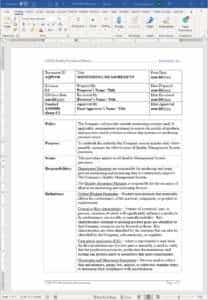
- Aerospace Product Monitoring and Measuring-General
- AS9100 Quality Inspection Documentation
- AS9100 First Article Inspection (FAI)
- Reporting Monitoring Measurement Data
- Process Nonconformity
- Review of Process Monitoring Measurement
References
- AS9100:2016 Rev D, “Quality Management Systems – Requirements for Aviation, Space, and Defense Organizations”, SAE International, Sept., 2016.
- AS9102:2014 Rev B, “Aerospace First Article Inspection Requirements”, SAE International, Oct., 2014.
- Engineering Statistics Handbook, National Institute of Standards and Technology Information Technology Laboratory (NIST ITL) – http://www.itl.nist.gov/div898/handbook/pmc/pmc.htm. Pay special attention to chapter 6, “Process or Product Monitoring and Control”. Section 6.2 explains acceptance testing and sampling plans.
- Quality Procedures
- AQP1030 Control of Nonconforming Outputs
- AQP1040 Nonconformity and Corrective Action
- AQP1060 Management Review
- AQP1100 Design Development
- AQP1170 Monitoring Measuring Resources Control
- AQP1200 Data Analysis Continual Improvement
Monitoring-Measurement AS9100 Forms
- Validation records (and record requirements)
- Process data logs
- Control charts
- Process monitoring reports


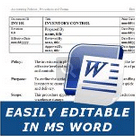
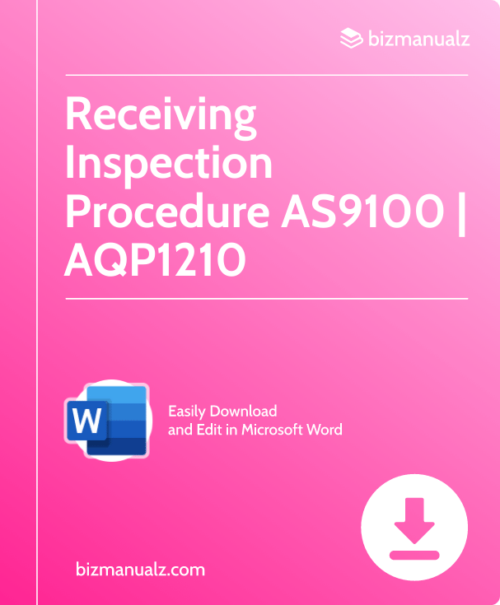
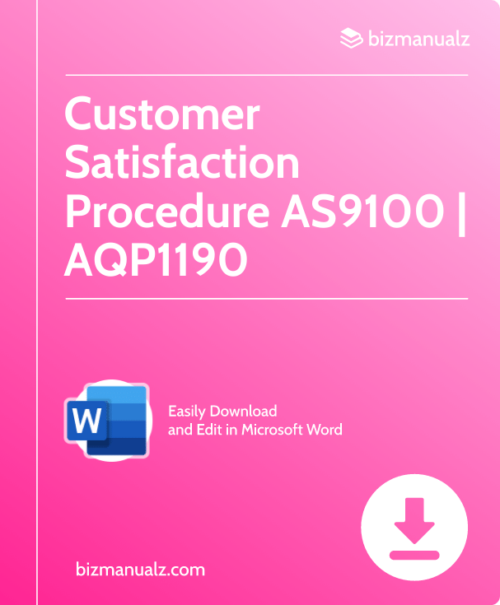


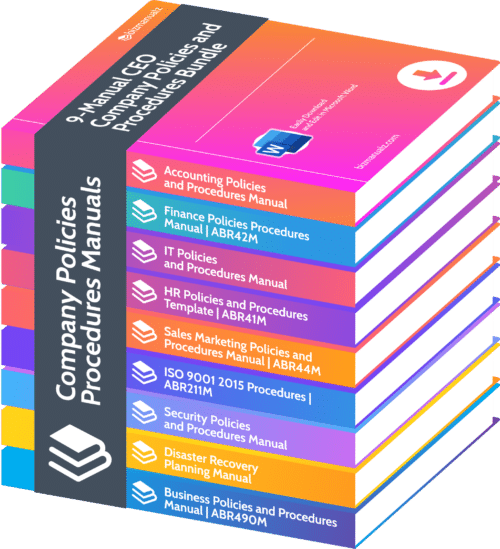
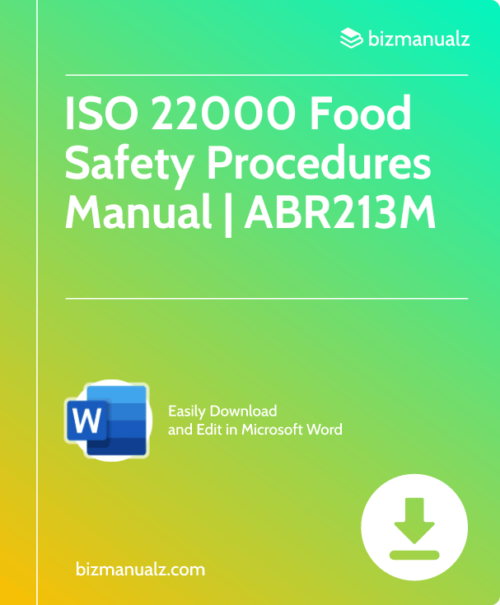
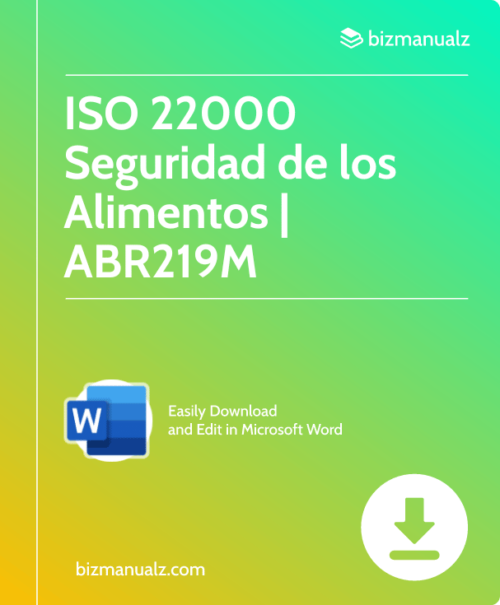
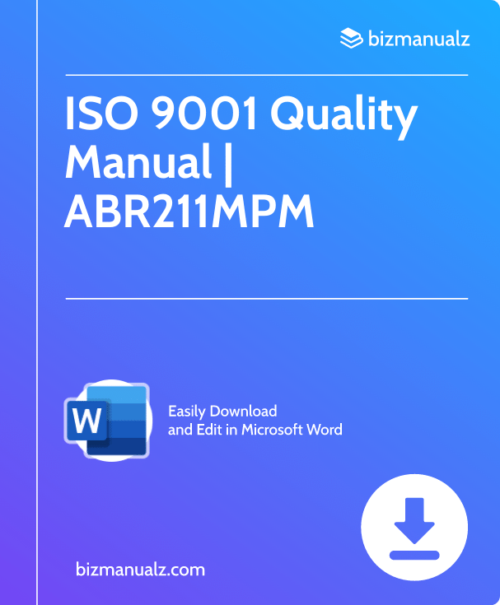
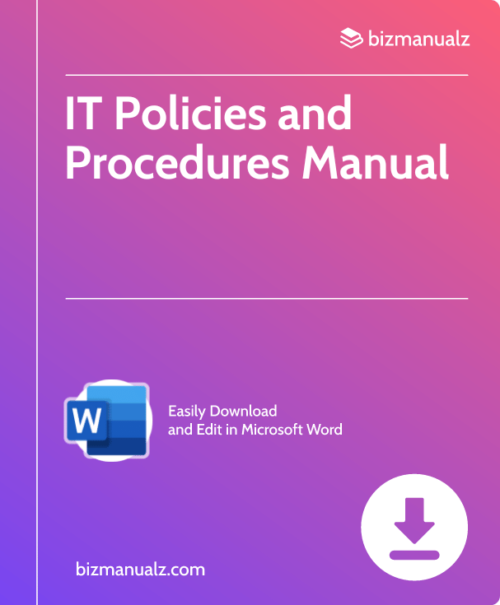
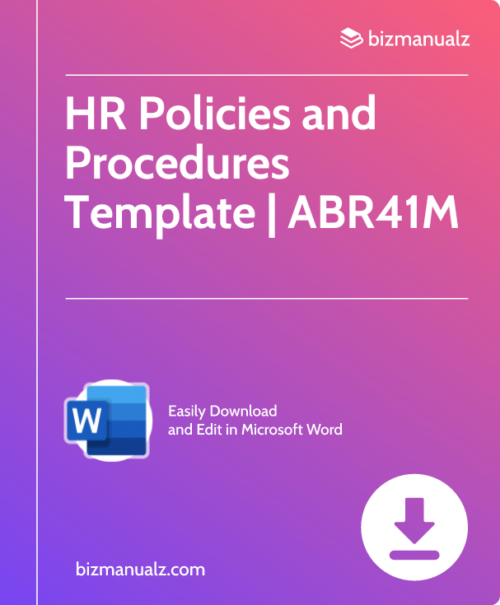
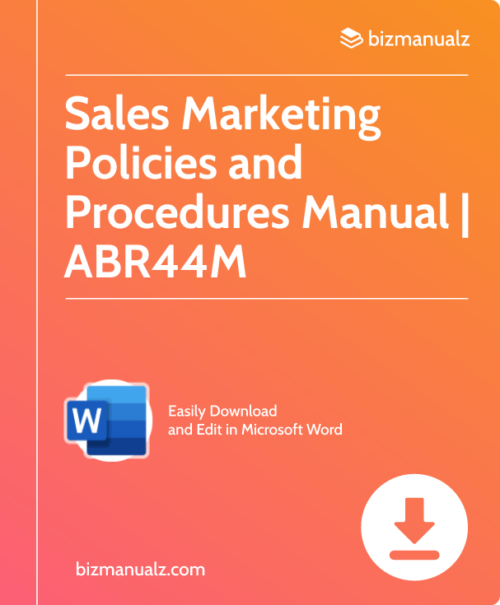
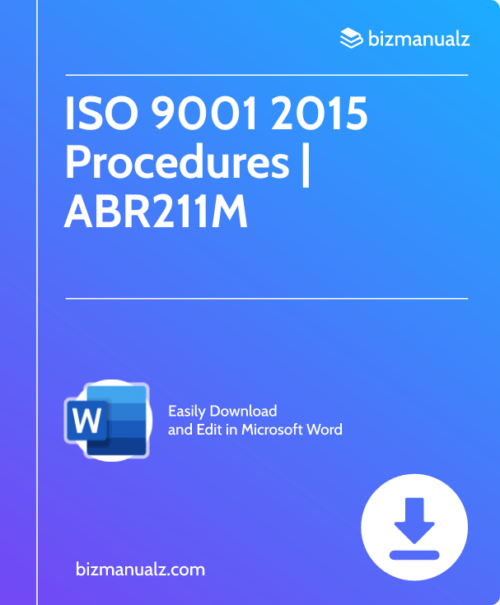
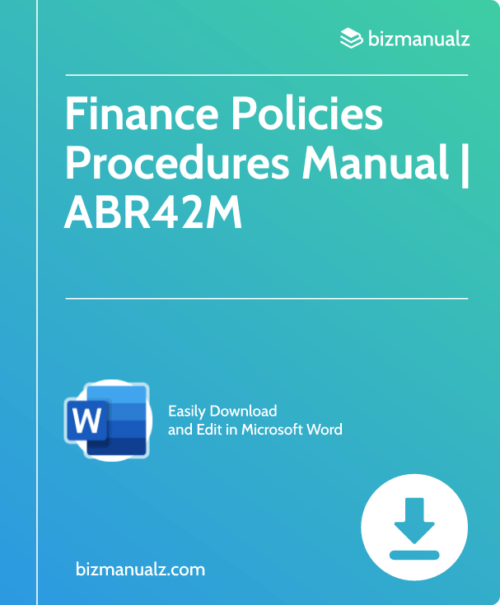
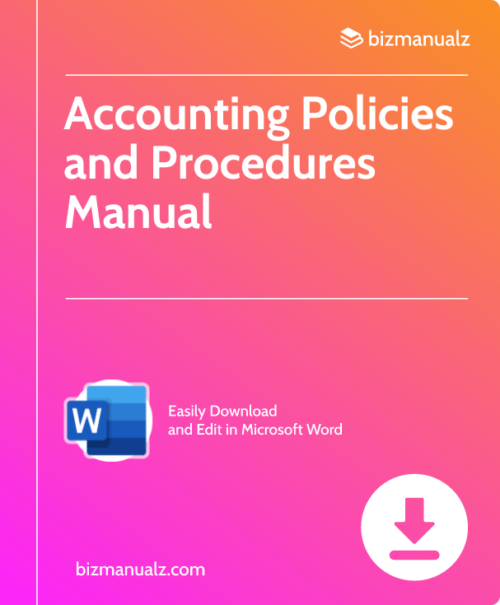
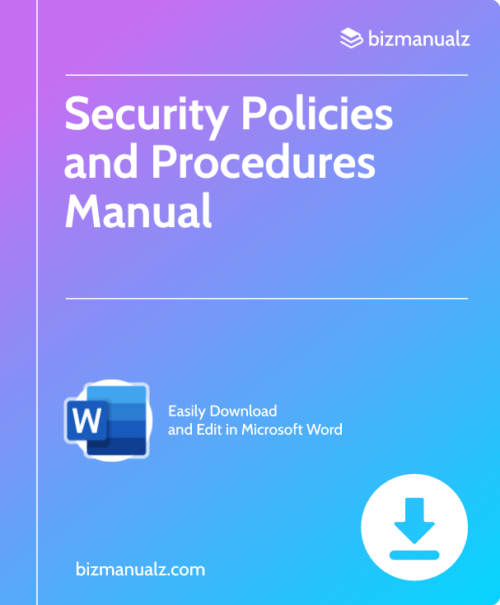
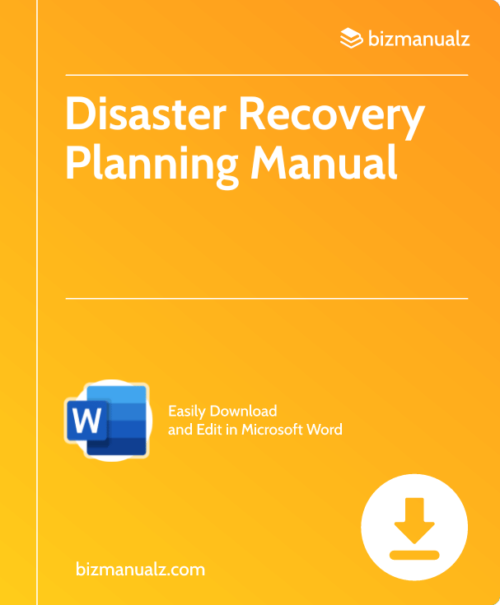


Reviews
There are no reviews yet.